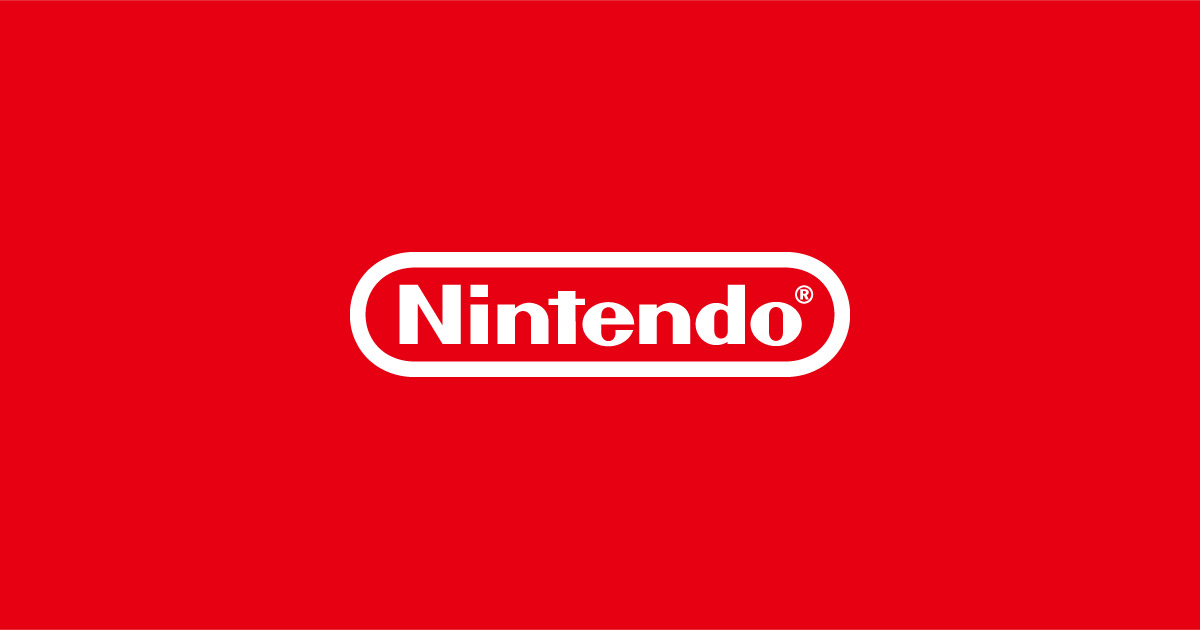In the competitive world of video game development, platform choices can profoundly alter the industry’s trajectory.
Nintendo’s decision to stick with cartridges for its flagship Nintendo 64 instead of adopting the then-emerging CD-ROM technology is a cautionary tale cited frequently in gaming history.
The debate over cartridges versus CD-ROMs didn’t just affect hardware performance—it drove one of the most significant shifts in developer loyalty, as revealed in a recent interview with Sony executive Shuhei Yoshida published by VentureBeat. Rival hardware manufacturer Sony made waves in 1994 when it launched the original PlayStation.
For years prior, Japanese RPG giants Squaresoft and Enix were deeply associated with Nintendo hardware, having brought blockbuster franchises like Final Fantasy and Dragon Quest to the NES and Super Nintendo.
According to Yoshida, Sony’s PlayStation team prioritized attracting the leading titles in Japan: “At the time there were two big teams working with Nintendo: Final Fantasy and Dragon Quest.
For Japanese players, those were the most beloved games.
When new entries launched, customers would line up in droves, and their releases made headlines.
There was even public concern over students skipping school to play.” Yoshida further explained that although both studios initially remained loyal to Nintendo, Hironobu Sakaguchi, the creator of Final Fantasy, was eager to take advantage of CD-ROM’s expanded storage.
With cinematic ambitions for the series, Sakaguchi saw the limitations of the N64’s cartridge format as a dealbreaker: “Sakaguchi wanted to make Final Fantasy feel like a movie, but the large cutscenes he envisioned just weren’t feasible on a cartridge.
Squaresoft tried to influence Nintendo’s direction, but the company maintained its commitment to cartridges, given concerns about load times and durability.
This ultimately led Squaresoft to move Final Fantasy development to PlayStation.” Enix soon followed, shifting its flagship Dragon Quest series to Sony’s console as well.
The exodus of these two RPG powerhouses was a turning point in the late 1990s, solidifying PlayStation’s position in the global market.
Notably, long lines and high anticipation for these releases became a cultural phenomenon in Japan—an outcome that solidified the impact of Nintendo’s hardware choice far beyond simple storage consideration. The backstory stretches further.
Before the fallout, Nintendo and Sony nearly finalized a partnership on a CD-ROM add-on for the Super Nintendo.
However, negotiations dissolved, and Sony channeled its technology and ambition into launching the PlayStation, permanently altering the industry’s competitive landscape. Today, Square Enix—the result of Squaresoft and Enix’s later merger—credits multiplatform releases for reaching wider audiences.
Major Final Fantasy titles now launch across platforms, including Nintendo Switch via Nintendo Direct reveals and the eShop.
Still, Nintendo’s storied decision in the N64 era remains a reminder of how hardware strategy can influence developer relationships and shape gaming history.
Nintendo’s decision to stick with cartridges for its flagship Nintendo 64 instead of adopting the then-emerging CD-ROM technology is a cautionary tale cited frequently in gaming history.
The debate over cartridges versus CD-ROMs didn’t just affect hardware performance—it drove one of the most significant shifts in developer loyalty, as revealed in a recent interview with Sony executive Shuhei Yoshida published by VentureBeat. Rival hardware manufacturer Sony made waves in 1994 when it launched the original PlayStation.
For years prior, Japanese RPG giants Squaresoft and Enix were deeply associated with Nintendo hardware, having brought blockbuster franchises like Final Fantasy and Dragon Quest to the NES and Super Nintendo.
According to Yoshida, Sony’s PlayStation team prioritized attracting the leading titles in Japan: “At the time there were two big teams working with Nintendo: Final Fantasy and Dragon Quest.
For Japanese players, those were the most beloved games.
When new entries launched, customers would line up in droves, and their releases made headlines.
There was even public concern over students skipping school to play.” Yoshida further explained that although both studios initially remained loyal to Nintendo, Hironobu Sakaguchi, the creator of Final Fantasy, was eager to take advantage of CD-ROM’s expanded storage.
With cinematic ambitions for the series, Sakaguchi saw the limitations of the N64’s cartridge format as a dealbreaker: “Sakaguchi wanted to make Final Fantasy feel like a movie, but the large cutscenes he envisioned just weren’t feasible on a cartridge.
Squaresoft tried to influence Nintendo’s direction, but the company maintained its commitment to cartridges, given concerns about load times and durability.
This ultimately led Squaresoft to move Final Fantasy development to PlayStation.” Enix soon followed, shifting its flagship Dragon Quest series to Sony’s console as well.
The exodus of these two RPG powerhouses was a turning point in the late 1990s, solidifying PlayStation’s position in the global market.
Notably, long lines and high anticipation for these releases became a cultural phenomenon in Japan—an outcome that solidified the impact of Nintendo’s hardware choice far beyond simple storage consideration. The backstory stretches further.
Before the fallout, Nintendo and Sony nearly finalized a partnership on a CD-ROM add-on for the Super Nintendo.
However, negotiations dissolved, and Sony channeled its technology and ambition into launching the PlayStation, permanently altering the industry’s competitive landscape. Today, Square Enix—the result of Squaresoft and Enix’s later merger—credits multiplatform releases for reaching wider audiences.
Major Final Fantasy titles now launch across platforms, including Nintendo Switch via Nintendo Direct reveals and the eShop.
Still, Nintendo’s storied decision in the N64 era remains a reminder of how hardware strategy can influence developer relationships and shape gaming history.





